SURPRISE ASTEROID FLYBY0
- From Around the Web, Space
- April 17, 2018
With little warning, a relatively large asteroid flew through the Earth-Moon system on April 15th only 192,200 km (0.5 LD) from our planet.

With little warning, a relatively large asteroid flew through the Earth-Moon system on April 15th only 192,200 km (0.5 LD) from our planet.
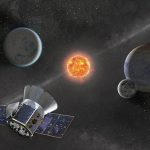
TESS will give us a new view of our galactic neighborhood.
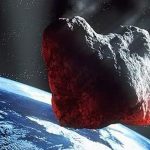
Humanity needs to step up its asteroid-hunting game.
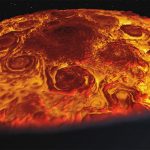
Scientists working on NASA’s Juno mission to Jupiter shared a 3-D infrared movie depicting densely packed cyclones and anticyclones that permeate the planet’s polar regions, and the first detailed view of a dynamo, or engine, powering the magnetic field for any planet beyond Earth.
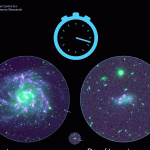
Big or small, dense or empty, it’s one thing they all share.
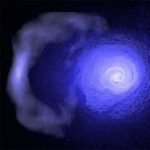
This winter has brought many intense and powerful storms, with cold fronts sweeping across much of the United States. On a much grander scale, astronomers have discovered enormous “weather systems” that are millions of light years in extent and older than the Solar System.

A camera onboard the OSIRIS-REx spacecraft captured this image of the Pacific Ocean, Baja California in Mexico, and parts of the southwestern United States. The dark lines are missing data caused by short exposure times

When plants on Earth search for nutrients and water, what drives their direction? Very simply, gravitational force helps them find the easiest path to the substances they need to grow and thrive. What happens if gravity is no longer part of the equation?
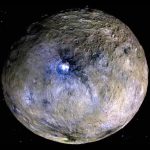
NASA’s Dawn spacecraft has detected recent changes in Ceres’ surface, revealing that the dwarf planet is a dynamic planetary body that continues to evolve and change. The results are published in two papers in the journal Science Advances.
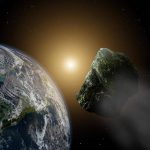
If the asteroid Bennu collided with Earth, it would have an impact 80,000 times stronger than the bomb dropped on Hiroshima



